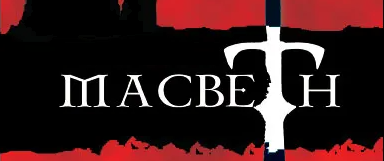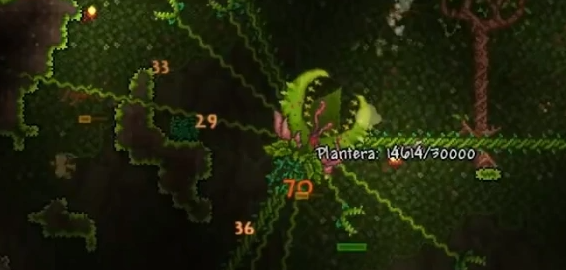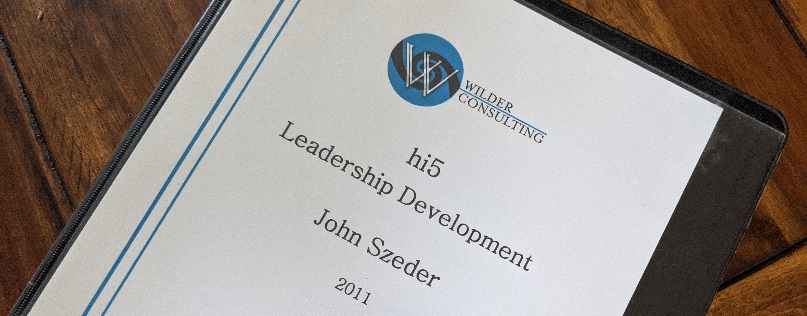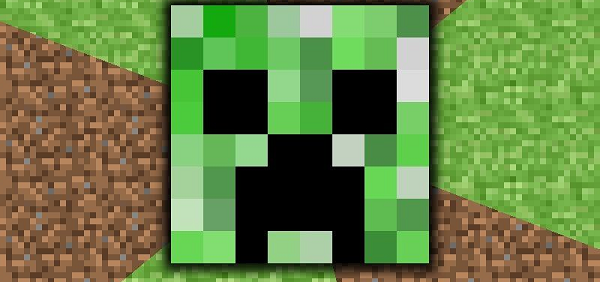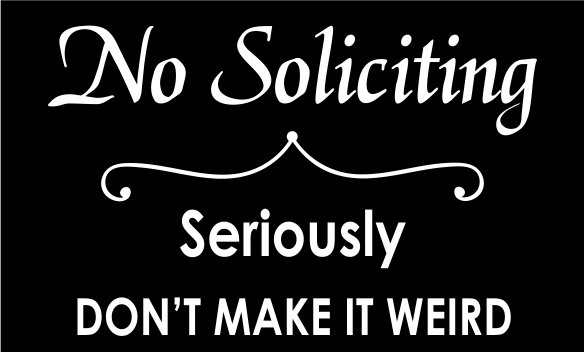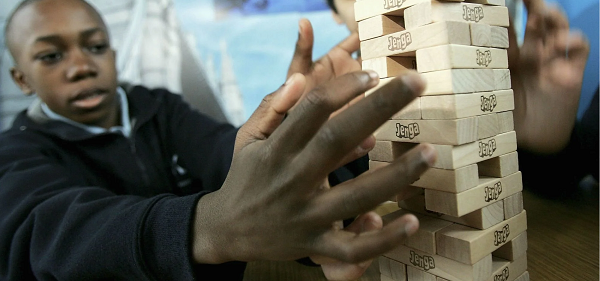I wrote an article a while ago about depth and complexity. I mentioned two games that have incredible depth without terrible complexity: Minecraft and Terraria. I am going to attempt to put on my game reviewer hat and talk about each of them individually. This week I am going to talk about Minecraft to kick things off.
There are a lot of people who play Minecraft—millions, maybe even tens of millions or more. Minecraft has an incredibly simple user interface for players and it has an incredible brand promise to its players that it lives up to. There are actually multiple ways that Minecraft is successful:
- Create interesting things with your friends online.
- Explore an infinite randomly generated world.
- Build up your character inventory and increase your ability to take bigger risks over time.
- An incredible “first night experience”.
Wait what? An incredible first night experience? Of all the things you will read about on the subject of Minecraft, this is probably the last thing you would expect someone to talk about. I think it is one of the most important parts of the game and one they only recently have embraced as a part of franchise management.
Let’s talk about what that means. I am going to describe my first night experience with Minecraft as an illustrative example.
My character appeared at the top of a hill overlooking a small pond. The area was surrounded by jungle trees that produced wood and cocoa beans. I started to flatten out a small area of terrain and chop down a large number of trees. This is likely very consistent with everyone’s first few minutes of Minecraft.
There is an incredible amount of learning and habituating going on in that first ten minutes. Cut down trees. Make a crafting table. Collect wood, dirt, and maybe make a few tools like an axe or a shovel.
I mention ten minutes for a reason. Once you get reasonably familiar and have gathered a small pile of materials, things start to change dramatically because the first day is about to end and the sun is going down.
It is not clear to me if people know more about the onset of nightfall now compared to when the game first launched but I was totally not prepared. Nobody tells you that the beautiful pristine jungle hilltop beside this quiet contemplative pond is about to turn into a furious hellscape at sundown.
What I did not know at the time is that hostile monsters spawn when the sun goes down. In fact, any place that has darkness is likely to spawn a monster. Some of them are simple creatures like spiders and skeletons. A few of them are vicious adversaries like the Enderman and the nefarious Creeper whose sad face adorns so much merchandise.
The Creeper is a piece of work. His amazing abilities will completely blow your mind… And everything else too. The only thing that a Creeper does is sneak up on you, play a sound sample of someone lighting a fuse, and then game-end himself by blowing himself up and everything around him.
There is some hilarity in this as well as some tedium. Later in life my humble little world was the eventual home to a set of amazing fortresses and was visited often by two of my young children. I observed that I fell into the pattern of using a considerable amount of dirt and stone blocks patching Creeper holes around my base and replanting my gardens after they would log out. It was very much akin to the way that a parent does a quick tidy pass on the playroom during naptime. I am digressing from my tale.
Needless to say I got blown up by a Creeper and all of my inventory scattered around the flattened hilltop.
I immediately went into panic mode and began erecting dirt walls to keep the creatures at bay.
This worked great.
Then a spider spawned nearby and climbed over the walls. I cannot recall if I was able to get any weapons at this point—the details are unclear. I may have savagely throat-punched that spider until he ceased to be. It screamed horribly through this whole ordeal. I may have been screaming too.
Since the walls were insufficient to keep the monsters out, I began to do the only thing that any sane person would do. I buried myself in the dirt. Without sufficient resources to keep the creatures at bay, I furiously began putting dirt over my head and making a solid impregnable cube of dirt from which I would laugh at the horrors outside trying to claw their way in.
This worked great.
Then a Creeper spawned inside my fortress-of-dirt-itude and decided to redecorate.
This was almost the end of all the surprises of my “first night”. You can imagine a gentle nature-show narrator at the start of my voyage describing my surprise and delight at the beginning and how they turn into the thirstiest esports shoutcaster as the darkness descended.
At this point the only thing left to do was to cue the Benny Hill music as I frantically ran around punching things and dodging Creepers as the sun began to peek over the horizon.
The last really visceral moment of my first night ordeal happened as the sun fully crested. I saw a number of zombies die in the sunlight which clued me into the dangers of night.
I decided to go back into the jungle to get reinforcements, now that I understood the importance of shelter and light.
At that point, a skeleton standing underneath a tree turned towards me. I decided to step out of line of sight behind a tree since I learned mere minutes ago that skeletons are ranged attackers. I waited a few moments and leaped out from behind my tree to find that the skeleton is now on fire.
I recall thinking “Flaming magic skeletons?” and freaking out as I leaped in and tried to beat it to death. I caught fire and died. By the time I was able to get back to the sad pile of wooden sticks, blocks of dirt, and shoddy tools, the flaming skeletal archer was gone.
As a side note, this last bit of surprise was just me not realizing that skeletons and zombies burst into flame in daylight and that they slowly perished. I really thought that the game had spawned some horrible, high level creature on me, given me a solid drubbing, then teleported away laughing.
I was more prepared the next night—and by more prepared I mean I had a well-lit dirt hut with a tiny hole where I could cower in fear, gently rocking front and back waiting for the daylight to emerge. Was it cowardly and pathetic? Probably. Did I live the entire night without dying? Definitely.
I want to unpack this a little—not in a therapy way (at least not right now). If you think long and hard about how the brain works, and how we learn and what we get rewarded for activities, that first night is a powerful experience . You are constantly re-evaluating your environment based on the things you encounter. You spend the day leisurely building piles of dirt and chopping down trees and crafting your first items. Suddenly the game switches it up and drops a few different flavors of hurt on you. Each of these creatures teaches you valuable lessons. By the next morning you have a solid frame of reference for how to deal with the most common creatures you will encounter for the majority of the game.
After a few years of discussing Minecraft with other players and parents, it became clear there is an interesting pattern of behavior. Many players, myself included, will play in a world for a while and build up to a certain point. Sometimes they will plant crops, sometimes they will travel to The Nether and search for a Nether Fortress. Invariably a substantive portion of players will restart in a brand new world for no apparent reason.
The not-so-apparent reason is they are hunting for their first night experience.
This is probably one of the bigger hooks in Minecraft and is a sign they crafted a great game. World of Warcraft has an excellent early user experience also. There are elements of safety as well as a few elements of risk. You get to play for a certain number of minutes to build patterns of play and learn how to interact with the world, then you run into conflict and at least one creature that has the ability to game-end you.
There are three exact moments that this “first night experience” happens again for most players in the early release of Minecraft.
The first is when they find an underground mine. Mine happened to be precisely underneath the palace I built my fortress. That was incredibly serendipitous. I invested a significant amount of time into exploring and illuminating the mine. Unfortunately there was very little payoff for the time invested. I did not know it was just a random terrain feature.
The second time this happens is when you craft your Nether portal and travel to the next realm as a part of progression. The terrain is vastly different. The creatures are stronger. The rules change. Learning how to survive and master this environment is a slight increase in complexity. The creatures you find here, especially the Blaze, are needed to acquire end-game materials including potions and “Ender Pearls”. You can Google that up if you want to learn more.
The last time this really happens is when you open the End Portal and go to face the Ender Dragon. Once again you are in a brand new terrain with very different rules.
I apologize for the spoilers but there is nothing much left to do after killing the Ender Dragon. Setting aside the time you spend building fancy fortresses, roller coasters, and chicken farms there is not much else to do.
I think this was one of the largest failures of Minecraft. I also think that it is being marginally addressed by its new owners.
Minecraft is a reasonably shallow game. You have three environments, and you only need a handful of items to “win the game”. One of the nice things about the game is that you do not need experience points for much. You mostly use experience points to craft magic items.
You could set up the game, farm until your fingers bleed, invite a friend to come in, load up on gear, and defeat the final boss within the first twenty minutes of character creation. I think that kind of power transfer is incredible and amazing. Many games, including World of Warcraft, create a lot of artificial constructs, like “Soulbound Items”, to thwart players who enjoy this kind of thing. I think Warcraft constrains their audience by creating rigid ownership rules in this manner.
The good news is that they appear to be slowly solving this problem. If you started playing Minecraft today they have patched the main world to include many more biomes. Each biome has its own flavor and has a new item here and there. This is a step in the right direction. They may have complicated things for speedrunners by making more Nether biomes and increasing the time it takes to find a Nether Fortress but they also made the game much more fun and engaging.
Minecraft could be so much more. They struggled a little with their modding community early on and I remember playing the Aether mod and being very impressed with the concept, before a puzzling and unfortunate interaction happened between the company owning Minecraft and the modding community which resulted in a parting of ways.
If you are looking at the internet today, you will see a lot of people writing articles about “The Metaverse”. Minecraft is absolutely going to be a part of “The Metaverse”. How it manifests itself in that future is a little uncertain.
At the very least you will see people knocking off the aesthetic and maybe even some of the mechanics. I would bet cash money you will see people recreating Creepers and Endermen.
With a little work, Minecraft could invest some more time in their Portal items. This would take them a lot farther in the metaverse direction if players could create their own portals to each other’s Realms and even to their own private worlds (admittedly there are CaSh MuNnY reasons why Microsoft might fight the latter suggestion).
In the extreme case Minecraft could get back to where it all started and come up with ways for people to create their own “first night experience”. By letting players create their own worlds with different rules, different creatures, and different biomes, they could recapture that powerful magic that is such a quintessential part of making it a great game. They lost this momentum when they blew up the modder community. I admit I was pretty saddened when this happened and it does look like Minecraft is trying to regain their lost momentum with them.
I cannot help but wonder what Minecraft would look like today if that strange break with modders did not happen. Actually I know. The game is called Roblox, and while it has a worse looking aesthetic, they embraced the modding community and made it their own as a result of the pointless slap fight between Minecraft and its own modding community. It is now worth billions of dollars and probably has more traction with young players than Minecraft does.
In a few weeks I will be giving a similar rambly lecture on Terraria. You have ample time now to install it and get one hundred hours of playtime in. You can make me a few filthy nickels if you have a Nintendo Switch and want to buy it at this link (ThIs LiNk CoNtAiNs An AfFiLiAtE CoDe). You will probably want to play it on the PC instead.
If you get it for the PC and still want to send a few filthy nickels my way I searched for some merchandise (AlSo HaS An AfFiLiAtE CoDe!1!) that will get nods and chuckles from The True Gamers in your life.
If you find the previous links distasteful I apologize. I like filthy free nickels as much as the next person. Maybe more because I stop to pick them up more frequently than most people do.
Thank you again for reading and please Social this if you enjoyed what you read. I am out of funny names for Snap, Twitter, and Facebook, and this is probably too many words for the first two platforms anyway. See you in a week!
